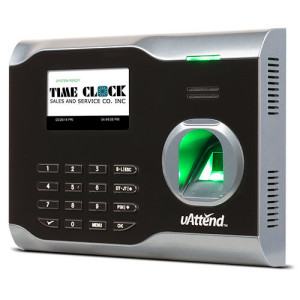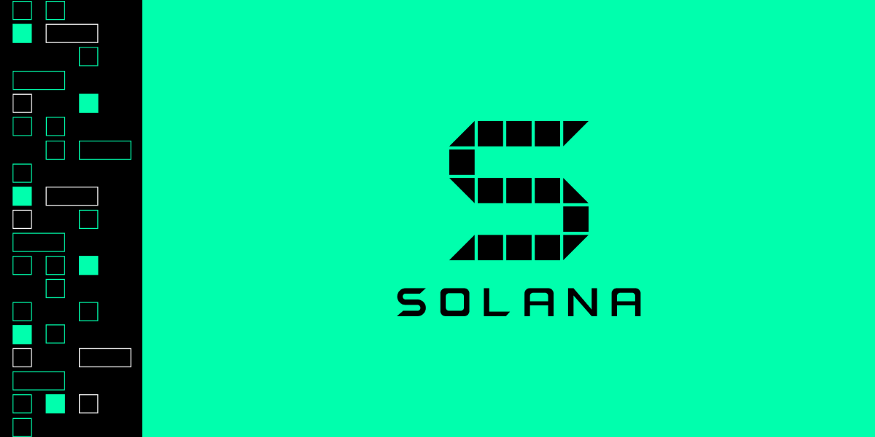

Once nodes can rely upon time, suddenly ~40 years of distributed systems research becomes applicable to blockchain!” – Solana Documentation The key ingredient? Finding a way to share time when nodes cannot rely upon one another.

At Solana, we are demonstrating that these same theoretical limits apply just as well to blockchain. “It is possible for a centralized database to process 710,000 transactions per second. The name Solana is a nod to a small beach in California, where Anatoly and Steven lived and surfed for three years during their time at Qualcomm. In the beginning, the trio called their project Loom, before rebranding it to Solana to avoid confusion with another crypto project. Together with his former colleagues Greg Fitzgerald and Stephen Akridge, Anatoly started to build the first version of the Proof-of-History algorithm and later scaled up the technology to run on a cloud-based testnet. According to the whitepaper, this mechanism has the potential to increase the speed of blockchain networks by a thousand times or more. In his whitepaper published in 2017, Anatoly Yakovenko describes a novel solution to keep track of time between computers that don’t trust each other, which he called Proof-of-History. Bitcoin and Ethereum have solved this problem through the Proof-of-Work mechanism, which is reliable but slows the network down significantly. There, Solana co-founder Anatoly Yakovenko has mainly worked on solutions for synchronizing computers in a network.Īfter pivoting his attention to decentralized blockchain networks, Anatoly realized that synchronizing network nodes across decentralized networks was difficult because these networks can not rely on external clocks. Prior to founding Solana, the founding team had already worked together at Qualcomm for years building operating systems for the first smartphones. But the history of the project goes way back.


 0 kommentar(er)
0 kommentar(er)
